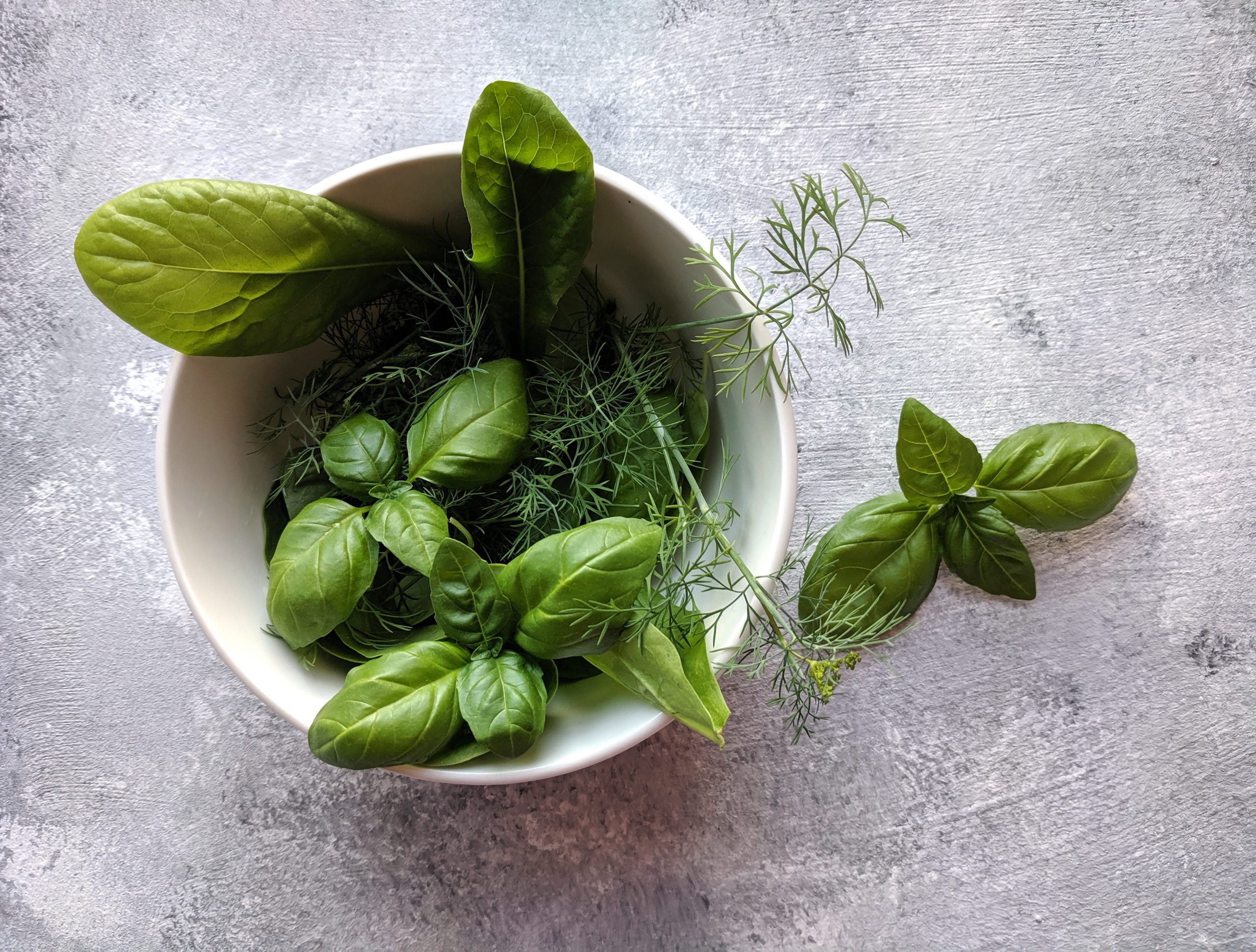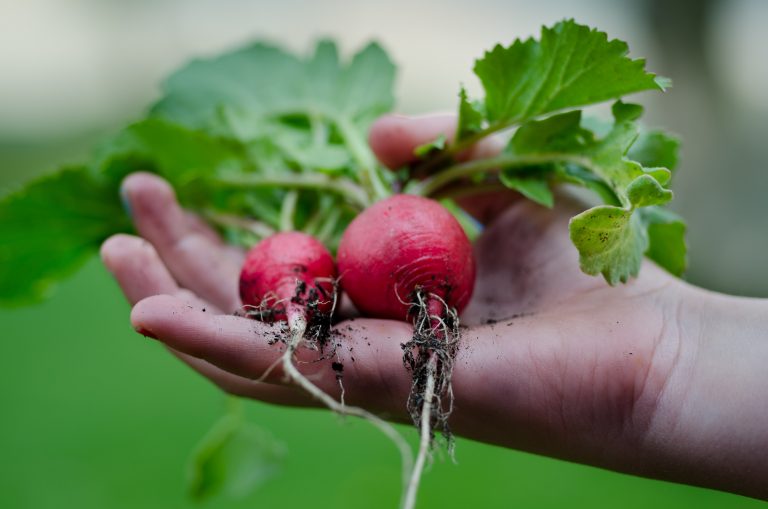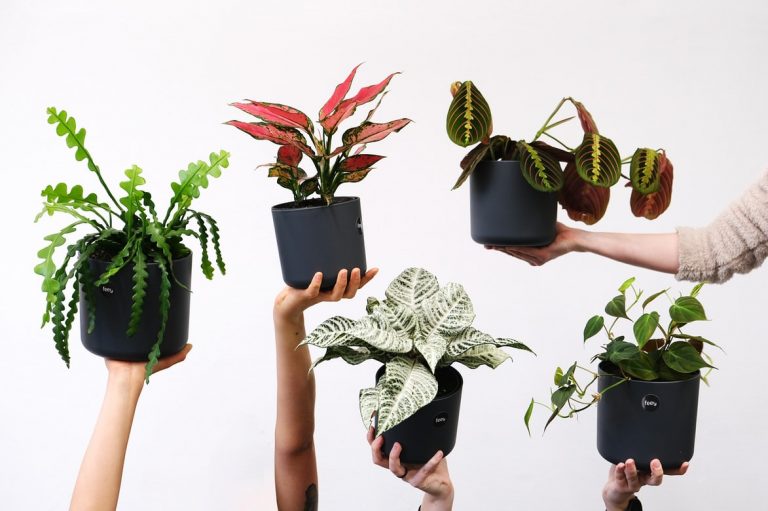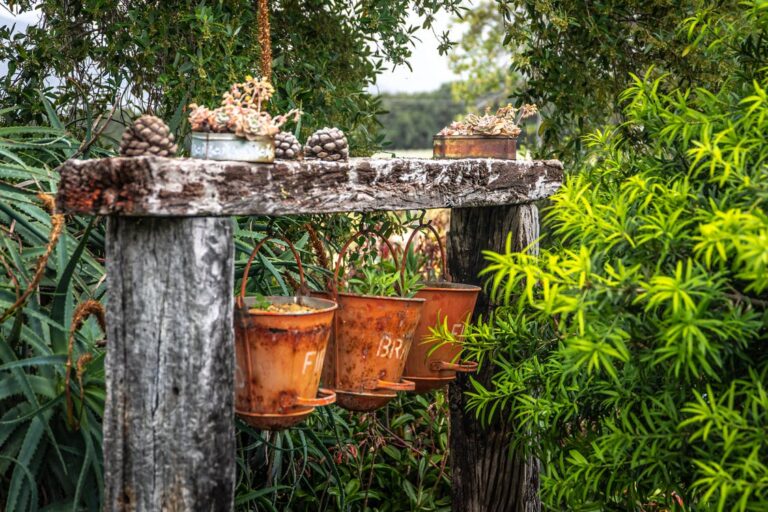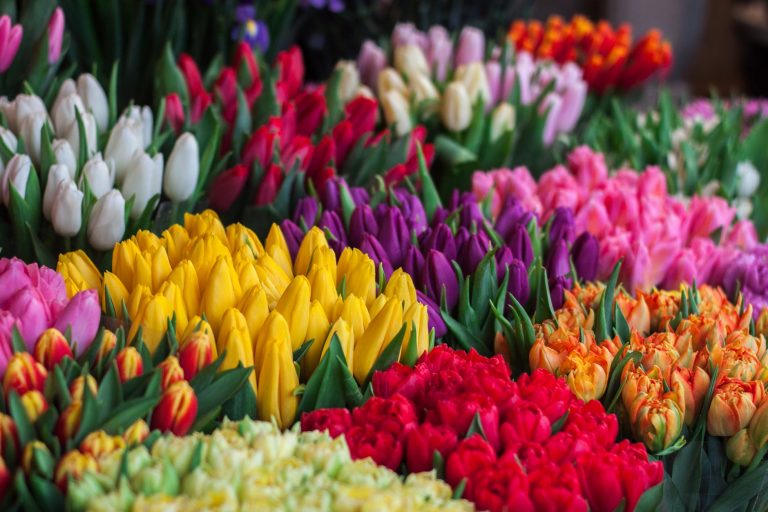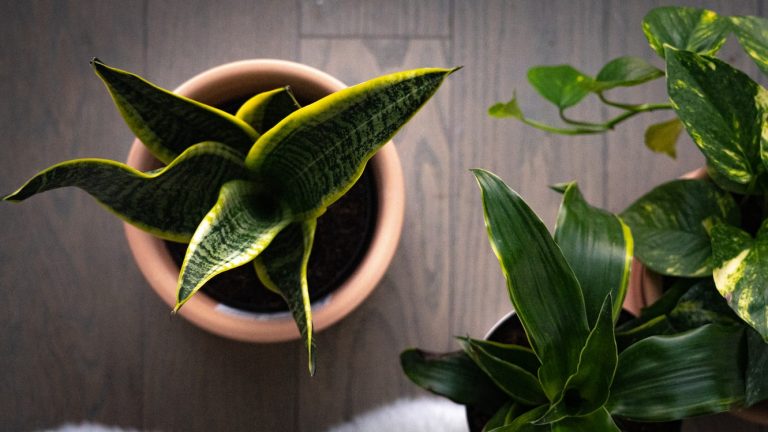Why Are Basil Flowers Growing in Popularity? 9 Amazing Uses You Should Know
Basil blossoms are nutrient-dense edible organs of the basil plant that grow prolifically in the summer. The purple or white basil bloom, depending on the basil variety being grown, has a practical purpose, according to antonycinns. The blossoms are used for cooking, medicine, and decoration. The majority of basil producers inadvertently confine the herb’s use in recipes to its leaves, despite the fact that the flowers are also edible. In this article, we’ll look at basil blossoms and explain their culinary and non-culinary applications.
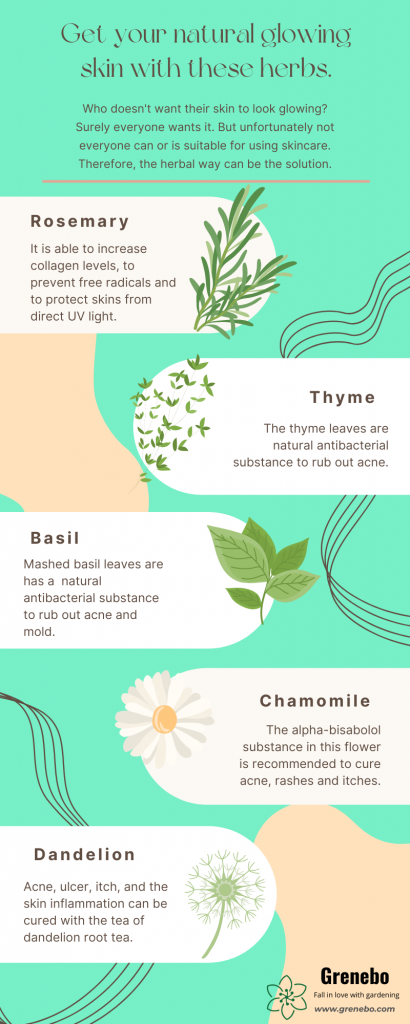
What is Basil Flower?
Basil is a common name for the culinary herb Ocimum basilicum (or Ocimum tenuiflorum), of the family Lamiaceae (mints). Basil is possibly native to India and has been cultivated there for more than 5,000 years. It was thoroughly familiar to the Greek authors Theophrastus and Dioscorides. It is a tender plant, best known as a culinary herb prominently featured in Italian cuisine, and also plays a major role in Southeast Asian cuisines of Indonesia, Thailand, Malaysia, Vietnam, Cambodia, and Laos. Depending on the species and cultivar, the leaves may taste somewhat like anise, with a strong, pungent, often sweet smell.
There are many varieties of Ocimum basilicum, as well as several related species or hybrids also called basil. The type used in Italian food is typically called sweet basil (or Genovese basil), as opposed to Thai basil (O. tenuiflorum), lemon basil (O. × citriodorum), and holy basil (Ocimum tenuiflorum), which are used in Asia. While most common varieties of basil are treated as annuals, some are perennial in warm climates such as South Africa
Basil flowers are the edible flowers of the basil plant. They can be eaten raw, added to dishes, or used to make teas and other beverages. These flowers are low in calories but are rich in vitamins and antioxidants, which can help boost your overall health.
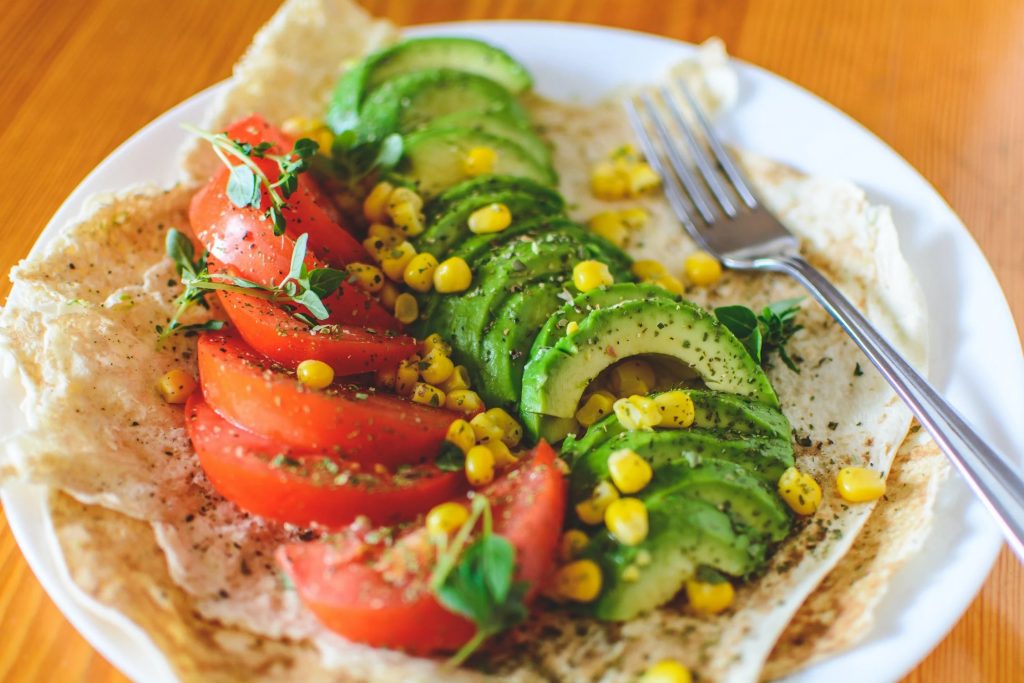
Basil is a fragrant herb that is often used as a flavoring in Italian dishes. It is also very easy to grow and is popular among gardeners and cooks alike. However, basil isn’t just for cooking; it also makes for a lovely addition to the home garden. Consisting of tiny blossoms, basil flowers come in shades of purple, pink, white, and red.
The practice of growing herbs specifically for their flowers is known as pot-herbing or pot-marigold. In this case, you only let the plant flower rather than pick off its leaves. This type of herb garden is especially beautiful during summertime when flowers are at their peak.
The Rise of Basil Flower Popularity
You may have noticed that basil has begun to appear in more and more recipes. This is partly because of the herb’s delicious flavor, which has a slightly peppery taste with a hint of mint and cloves, but it’s also due to its well-documented health benefits. A member of the same family as cinnamon, basil contains the same beneficial antioxidants. It also packs a vitamin C punch and is good for your heart. But what many people don’t know about basil is that it can be just as delicious in flower form. If you’re looking for a new way to amp up your cooking, there’s no better choice than basil flowers—and here are some reasons why.
Aesthetically, there’s nothing quite like the sight of a freshly picked basil flower. The soft purple petals make any dish look fancy, while the bright green leaves add an earthy accent that pairs well with virtually any color scheme. Basil blossoms are perfect for topping off salads or pasta; they can also be used to garnish cocktails or desserts like ice cream or cake!
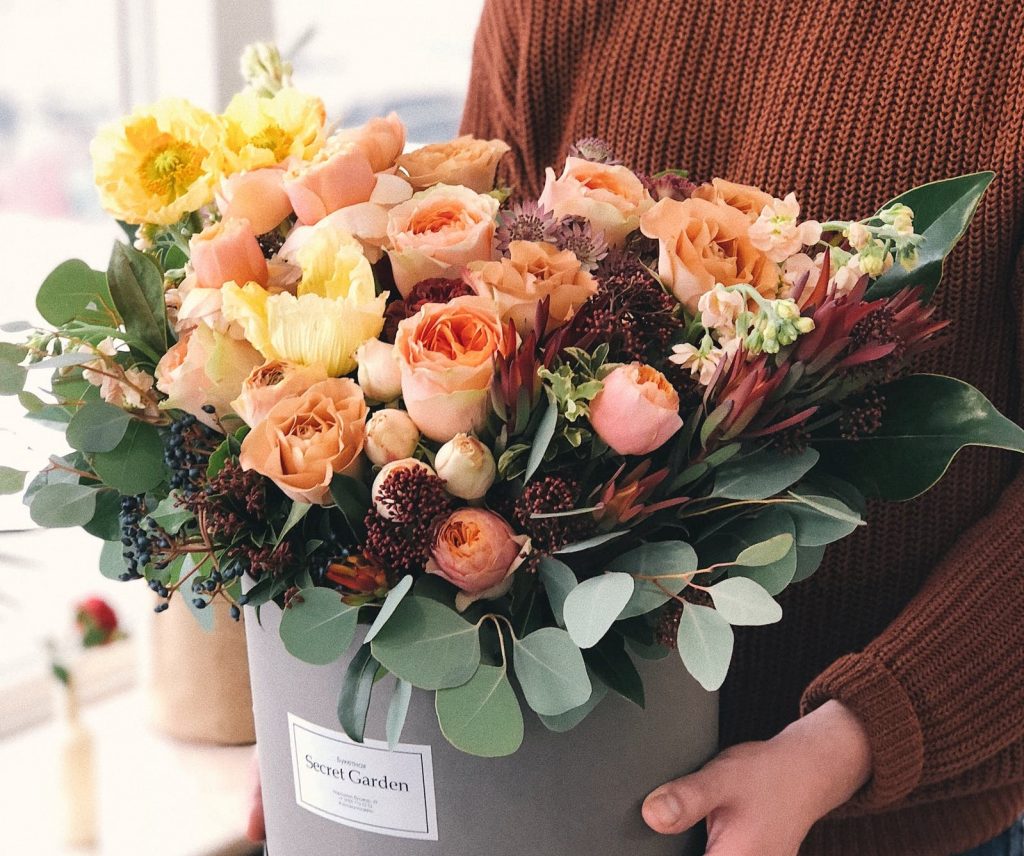
Basil flowers are also a great source of vitamins A and C, which boost immunity and help protect against free radical damage (and we all know how devastating those can be!).
Basil Flower and Leaf Difference
It’s important to know the difference between a basil leaf and a basil flower. While both are edible, they have different uses. The spicy green leaves of the basil plant are used in cooking, while the flowers are used to make medicine. Although it’s not well studied, the basil flower is sometimes used for fever, coughs, stomach problems, constipation, and headache. It is also applied directly to the skin for insect bites, ringworm, and other skin infections. People take basil flowers for digestion problems including loss of appetite, intestinal gas (flatulence), stomach spasms, kidney conditions, fluid retention (dropsy), head colds, warts, and worm infections. In foods and beverages, the basil flower is used as a flavoring agent.
Basil Flowers
A flower is a part of the reproductive system in plants and serves as the site where pollination and fertilization occur. The fertilized ovules result in seeds, which are surrounded by the fruit. When we grow herbs, we eat all parts of the plant including leaves, flowers, stems, and seeds (even if they don’t all taste good).
Basil flowers are very tiny and grow at first, in little clusters along the stem. These clusters can get pretty big if left alone and can weigh down your stem. If you want to keep your basil bushy it’s best to pinch these off regularly while they’re still small (I usually do this every time I harvest my basil).
Basil Leaf
These leaves should be dark green and shiny with a serrated edge. They should be about an inch long, although some plants may produce larger ones up to four inches long. The leaves will grow at the top of the plant and on shorter stems growing down along the main stem.
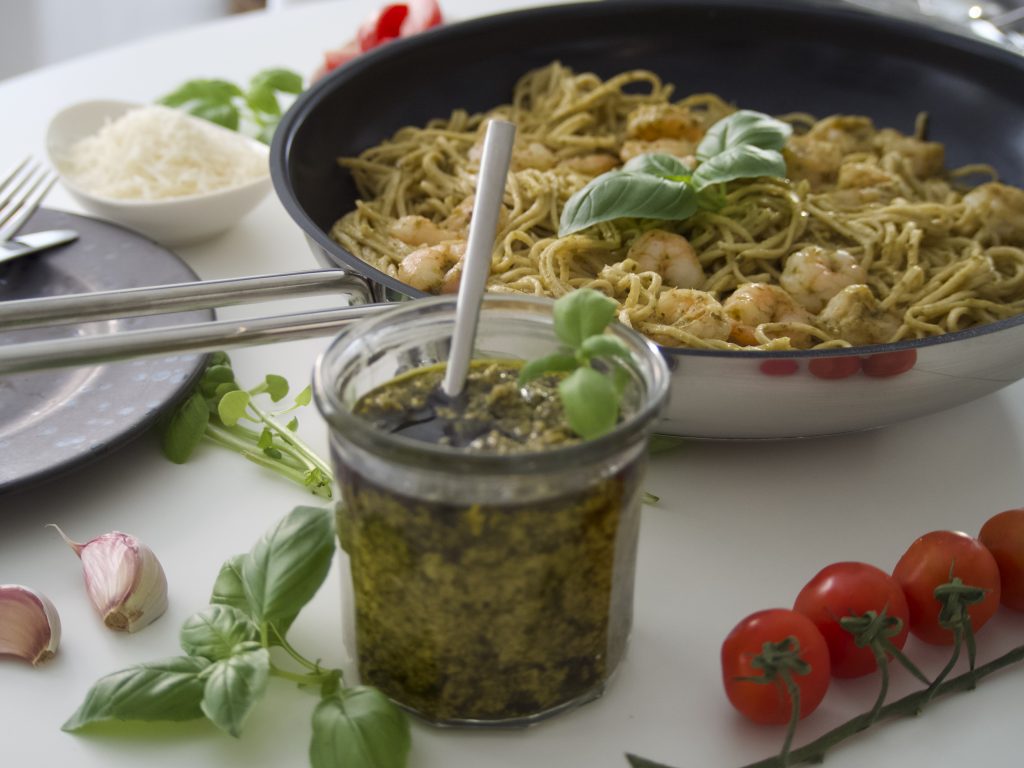
White Basil Flower and Purple Flower
Basil bloom can be white or purple. Purple basil flowers can be utilized in food and beverages in the same way that white basil flowers can (see recipes section). Purple basil flowers, moreover, have a distinct health advantage over typical white basil flowers, even though both are desirable. Basil cultivars like Red Rubin and Dark Opal produce purple blossoms that are high in anthocyanins. Other veggies with anthocyanins include purple broccoli and purple lettuce.
The highest concentration of total anthocyanins was seen in purple basils right before they started flowering. To be fair, this study focused on the purple basil plant itself rather than the purple basil flowers. However, it provided vital information about purple basil’s overall potential, which was the source of the purple blossoms in the first place.
Despite this, a study published in the Journal of Plants in 2019 found that purple basil blossoms have better antioxidant capacity than the leaves, which have a higher level of anthocyanins. Even more intriguing, white basil flowers showed a significantly higher antioxidant capacity than purple basil flowers, even though white flowers have a far lower anthocyanin content.
Overall, these findings imply that eating white basil flowers has a significant antioxidant advantage over purple basil flowers. Purple flowers, on the other hand, have a larger concentration of anthocyanins due to their intense pigmentation. Finally, both types of flowers are safe to eat.
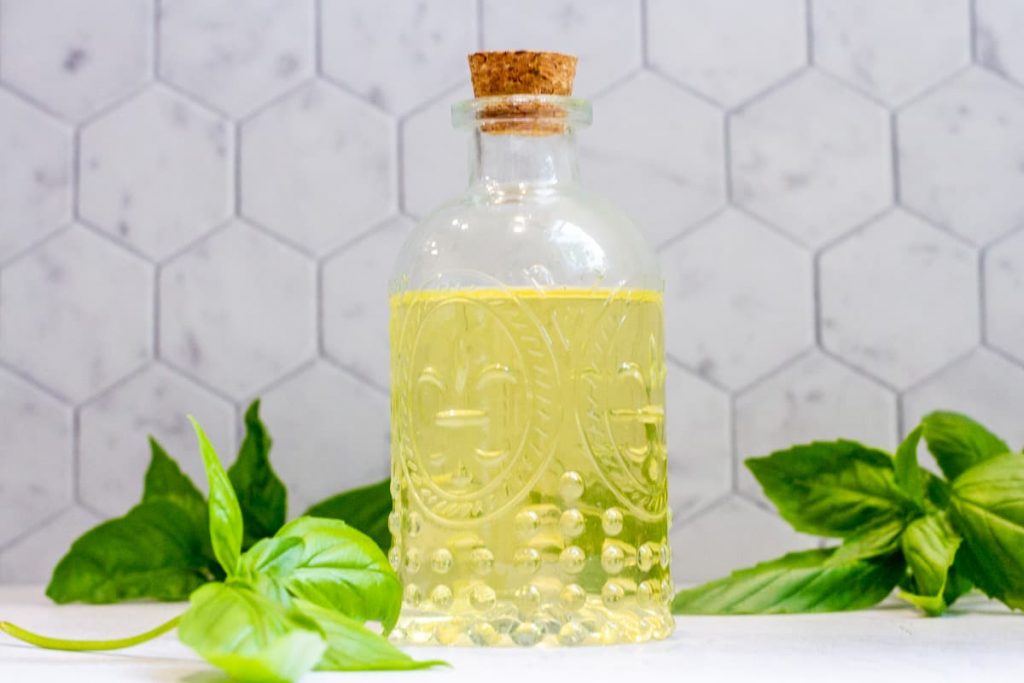
This means that basil flowers are still edible portions of the basil plant. Perhaps the focus should be on how to eat basil blooms, which is what we’re interested in in the following part.
Basil Flower Uses
Add it to Salads
Basil may be the herb of summer, but you can extend its growing season by letting it bloom. Adding basil flowers to your salad is not only pretty but tasty. The blooms have a mild flavor that pairs well with other salad staples like tomatoes and cucumbers. Basil comes in many varieties from sweet to spicy, so you can mix and match the blooms for different flavors in your salad.
Instructions:
Step 1. Gather flowers when they are fully open, ideally in the morning before the sun gets too hot.
Step 2. Rinse under cool water and pat dry with paper towels or a clean kitchen towel.
Step 3. Toss into salads at the last minute (the delicate petals will wilt if you toss them in the dressing ahead of time). They make a lovely addition to any green salad, but I especially like them in a tomato salad or with fresh mozzarella.
Step 4. In cooking, add flowers to roasted vegetables (squash and carrots are especially good), on top of grilled meats or fish, or as a garnish on soups and stews.
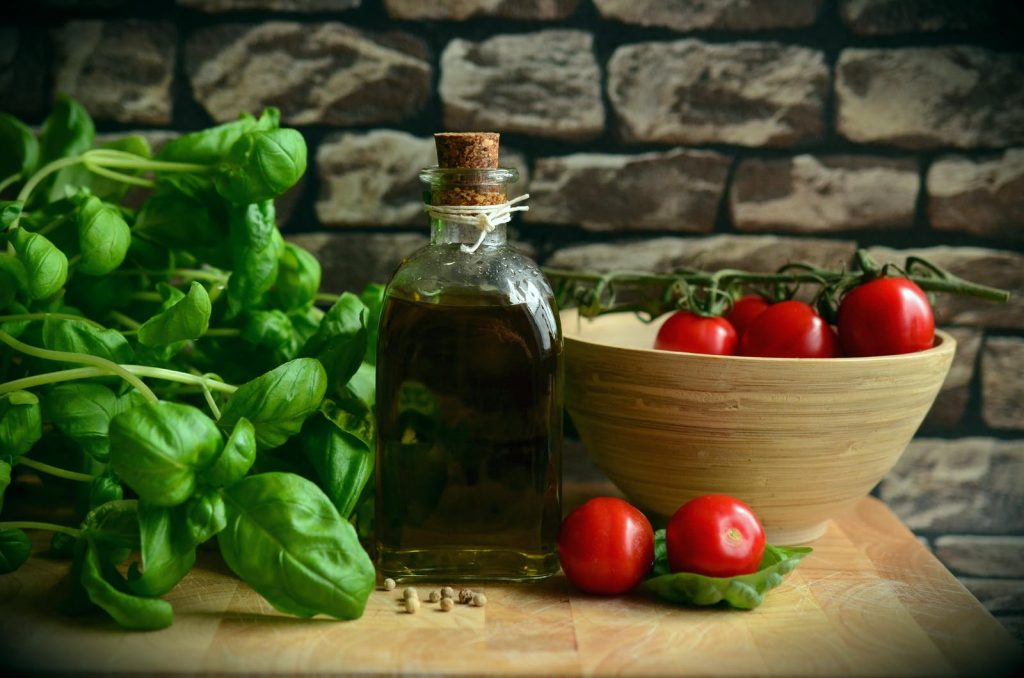
Make Basil Salt
Basil salt can be used in cooking or sprinkled over pasta and salads as a garnish. It can also be added directly to pasta water before boiling it for a milder flavor than fresh basil. A little bit of this salty herb goes a long way since it is such an intense flavor, so cooks should use it sparingly at first if they are unfamiliar with its potency. The bold, peppery taste is best suited for rich foods like meats, cheeses, and pasta dishes, although some people enjoy using it on fruit salads as well.
Instructions:
Step 1. Get a big bunch of basil and lay it out on a baking sheet lined with parchment paper.
Step 2. Heat your oven to 200 degrees F and bake the basil for about 2 hours, until it’s dried out.
Step 3. Pour about 1/4 cup of sea salt into a food processor or blender, add the basil, and pulse until you get a coarse powder.
Step 4. Store in an airtight container for up to 6 months!
Turn it into Basil Flower Vinegar
Making your vinegar can seem like a daunting process, but it’s surprisingly easy to do if you have a few basic supplies. To start, all you need is fresh blossoms from your basil plant, white wine vinegar, a large glass jar with a tight-fitting lid, and cheesecloth (or muslin). It’s best to pick your flowers under cover of darkness when they’re closed up tight; this will help preserve the delicate oils that give them their aroma
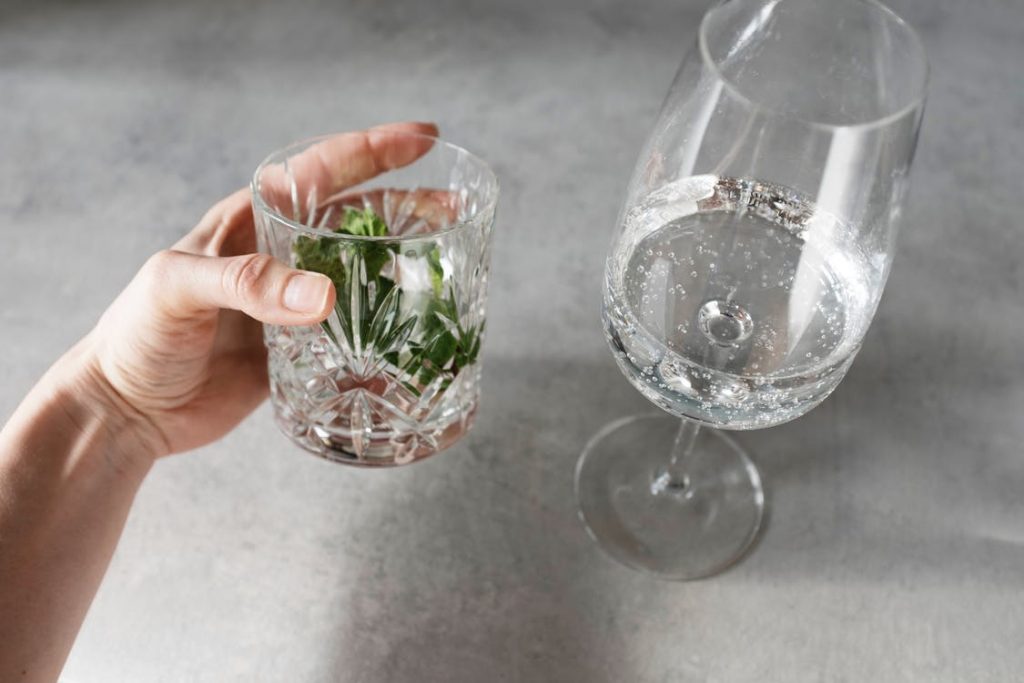
Instructions:
Step 1. Choose a good-quality wine vinegar as your base. The quality of the vinegar depends on the flavor of the final product.
Step 2. Wash and dry basil flowers and add them to a clean glass container. Use one cup of flower petals for every two cups of vinegar.
Step 3. Pour the vinegar into the jar, covering the flowers completely with an inch or so of space at the top of the jar.
Step 4. Cover and let sit in a cool place for three weeks; then strain out any remaining petals, returning the liquid to its container. Store in a cool place and shake occasionally as you use it.
Add To Cut Flower Bouquets
Basil is one of the most popular herbs in the world, and it’s not hard to see why. This herb has a strong, pungent smell that’s pleasant to most people. Basil leaves are often used in cooking, but the stems and flowers can be used as well. To add a little extra flavor, you can add some of these stems or flowers to your next bouquet.
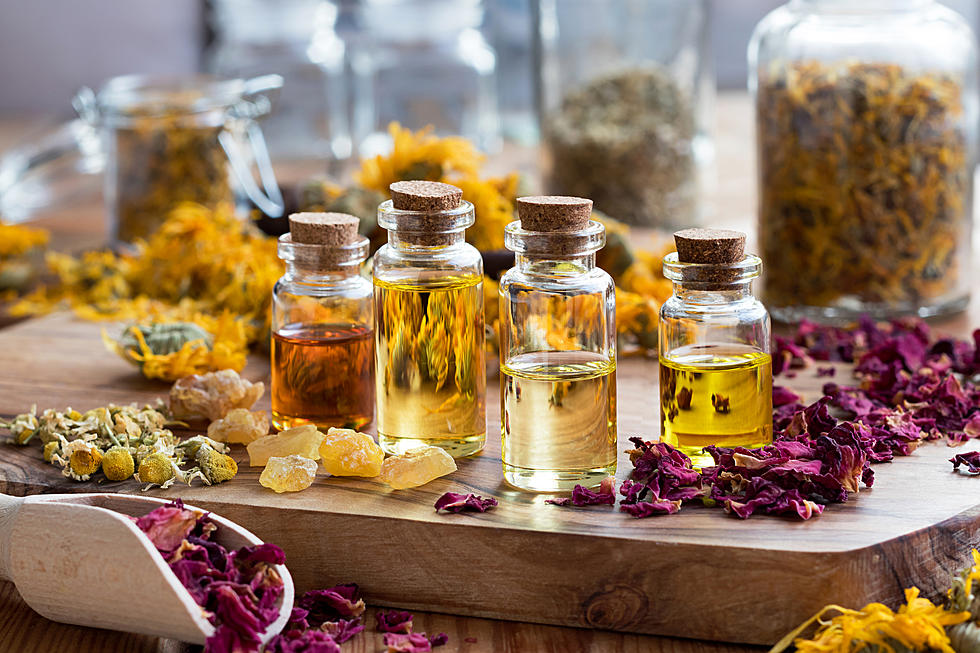
Instructions:
Step 1. Choose a variety of basil with small white blossoms for best results.
Step 2. Use scissors or pruning shears to cut off just the flower heads from your basil plant (leaving behind healthy green foliage).
Step 3. Snip off any excess stem length so there’s only enough left that it can sit flat against other plants in your arrangement without sticking out awkwardly.
Step 4. Arrange them right side up with other blooms so their color stands out against lighter flowers like daisies or baby’s breath – use caution when handling delicate petals because they’re fragile!
Make Basil Flower Essence
Basil flower essence is a powerful antidepressant and stress reliever. It lifts the heaviness of depression and gives you the ability to release stress.
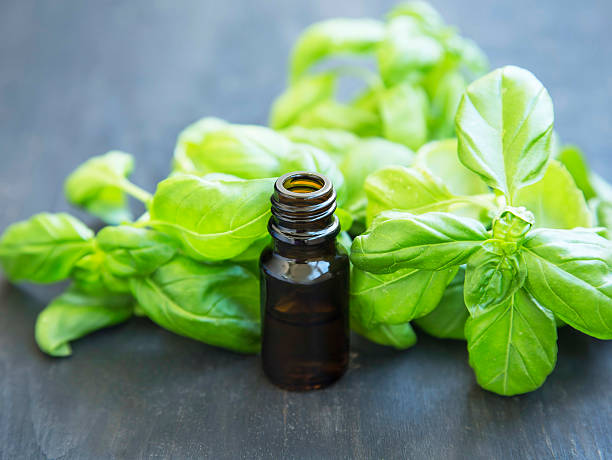
Instructions:
Step 1. Gather fresh basil flowers, ideally in the morning after the dew has dried
Step 2. Place them in a clear glass bowl or jar
Step 3. Cover with purified water
Step 4. Let it sit for 4 hours
Step 5. Remove flowers and pour liquid into a dark bottle
Step 6. Store away from sunlight and use as needed
Make Basil Tea
You can use basil tea to help alleviate headaches, stomach aches, and nausea. It also aids in digestion, helps with colds and flu, and even soothes the skin. In addition to its many benefits to your health, this tea is delicious with a taste slightly reminiscent of licorice.
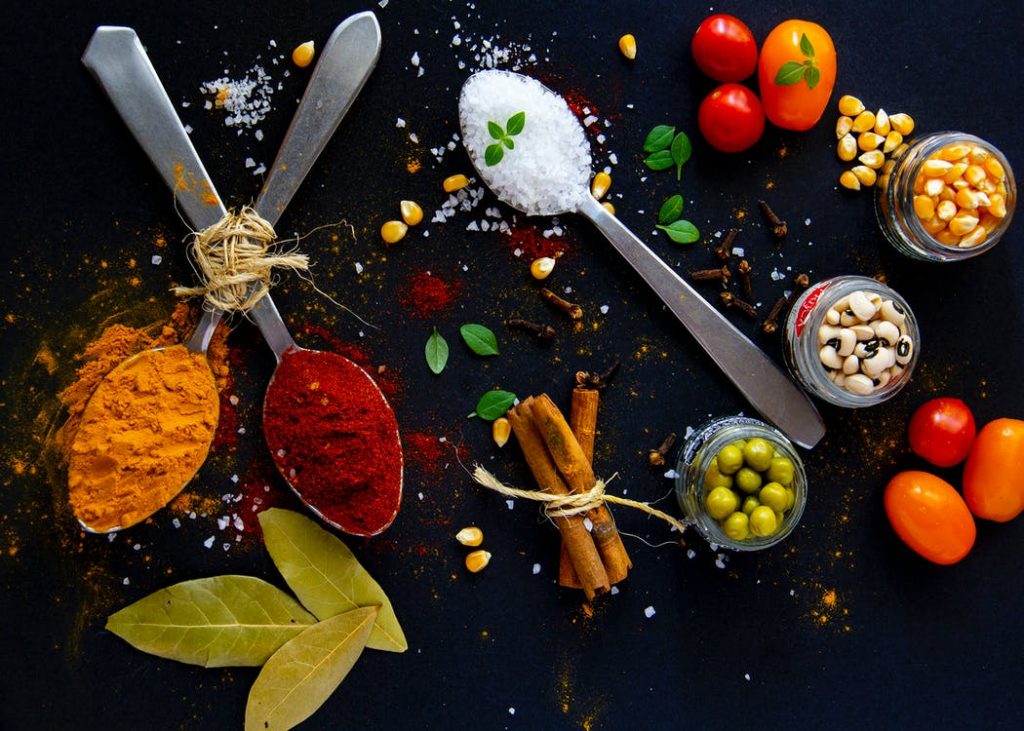
Instructions:
Step 1. Find a few fresh basil plants and pick about a cup of leaves from the top of each one. Always aim for the top, because these younger leaves will be much more tender than older ones lower on the plant.
Step 2. Rinse the leaves thoroughly in cold water, then dry them with a paper towel.
Step 3. Place the leaves in a small bowl, then pour boiling water over them. Let them steep for five minutes or so—the longer they sit, the stronger your tea will be, so if you want it light and mild, stop steeping after five minutes; if you prefer it strong, let it sit for ten minutes or even longer!
Step 4. Strain out the leaves using a mesh sieve or cheesecloth and discard them; they have served their purpose and are no longer of any use to you (don’t put them back into your dishwasher!).
Step 5. Pour your prepared tea into a mug and enjoy!
Make Basil Flower Oil
To increase the flavor, infuse your preferred olive oil with basil flowers, refilling with new flowers over time:

Instructions:
Step 1. Rinse and wipe dry freshly cut basil flowers.
Step 2. Place the flowers in a clean glass jar with the stems still attached. Pour enough fresh olive oil into the jar to completely cover the flowers. To avoid mold formation, the blooms must be kept covered.
Step 3. Cover the jar tightly and keep it in a cold, dark area for about a month.
Step 4. Remove the flowers and/or filter the oil before using, or keep the blooms in the oil as long as they are completely submerged. To make the infusion stronger, add fresh basil blossoms to the same oil.
Enjoy Basil Flower-Infused Water
It’s easy to grow your basil plants in the summertime. Once they start blooming, you can clip off the blossoms and use them to make this Basil Flower-Infused Water. It has a wonderful light flavor that is perfect for serving at your next get-together.
Instructions:
Step 1. Place the basil flower in a carafe, jar, or pitcher.
Step 2. Gently squeeze and bruise the basil leaves (no need to tear them up) to release their oils and flavor.
Step 3. Fill the container with water and let sit for an hour or two in the refrigerator before drinking. You can also cover the container and store it overnight in the fridge.
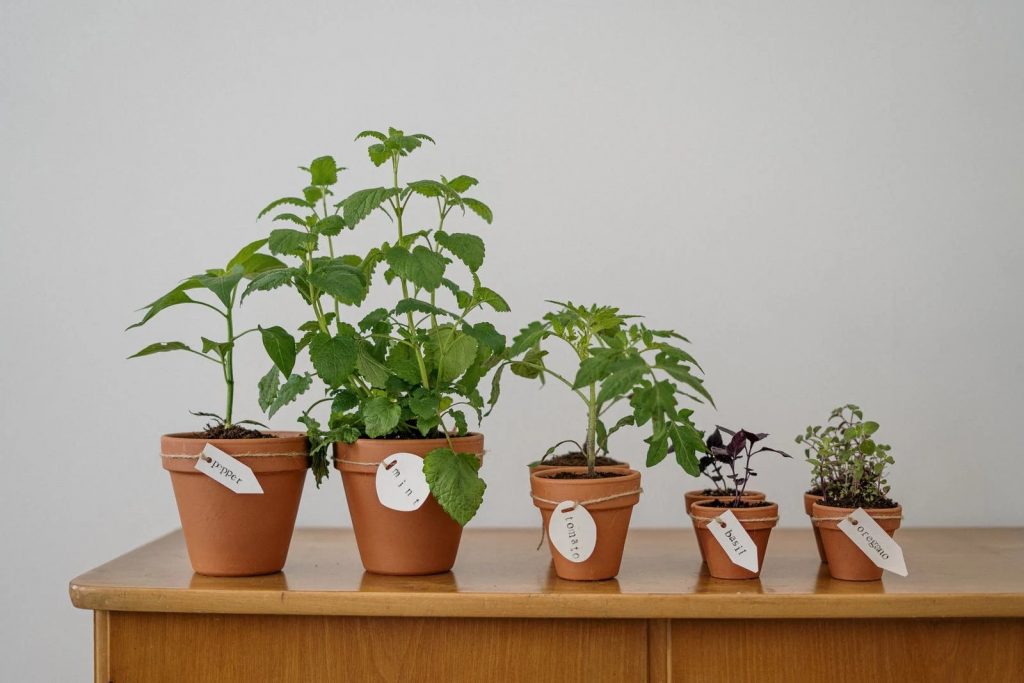
Step 4. When you’re ready to drink it, remove and discard the basil flower. Any leftover water will keep in the fridge for 2-3 days, so don’t worry if you have a lot leftover!
Basil Flower Pesto
If you love pesto, you’ll love our latest recipe. Pesto is so easy to make and versatile enough to pair with many dishes. You can even add a little more oil to thin it out and make a delicious salad dressing!
Instructions:
Step 1. To start, toss the garlic and basil into a food processor or blender. Pulse until they are minced, then add the pine nuts and parmesan cheese.
Step 2. Add the olive oil in a slow stream while the processor is on (or use the lowest speed on your blender). Once all of the oil is added, move the pesto from your food processor or blender to an airtight container. We also like keeping a little bit in an ice cube tray for when we need just one or two tablespoons for small dishes.
Step 3. Finally, refrigerate for at least 30 minutes before serving. The pesto will keep for about three days in the fridge or you can freeze it for up to three months; however, when you do go to freeze it, leave it in an airtight container with some extra oil on top of it to preserve its green color.
Step 4. Add it to your favorite food!
FAQ (Frequently Asked Questions)
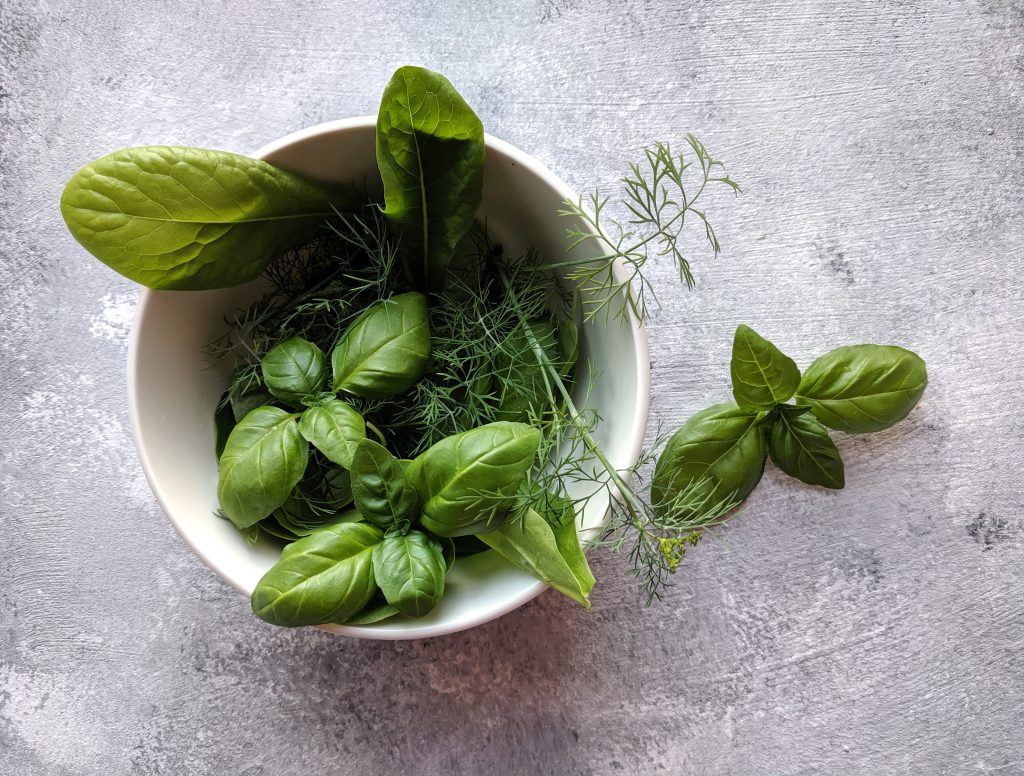
Are basil flowers poisonous?
Basil flowers are not poisonous. However, they do have the potential to cause an allergic reaction. If you have any kind of allergy or are at all concerned about eating a basil flower, ask your doctor if it is safe for you to do so.
Can you grow basil from the flowers?
No, you can’t grow basil from the flower’s head cuttings. You need to buy seeds and plant them in a pot or on the ground
Does basil die after flowering?
Yes, basil dies after flowering. The plant puts its energy into making flowers and seeds rather than growing leaves, and the cold weather can also cause the basil to die.
We’d love to share with you some things you can expect when growing basil flowers. Take a look!

